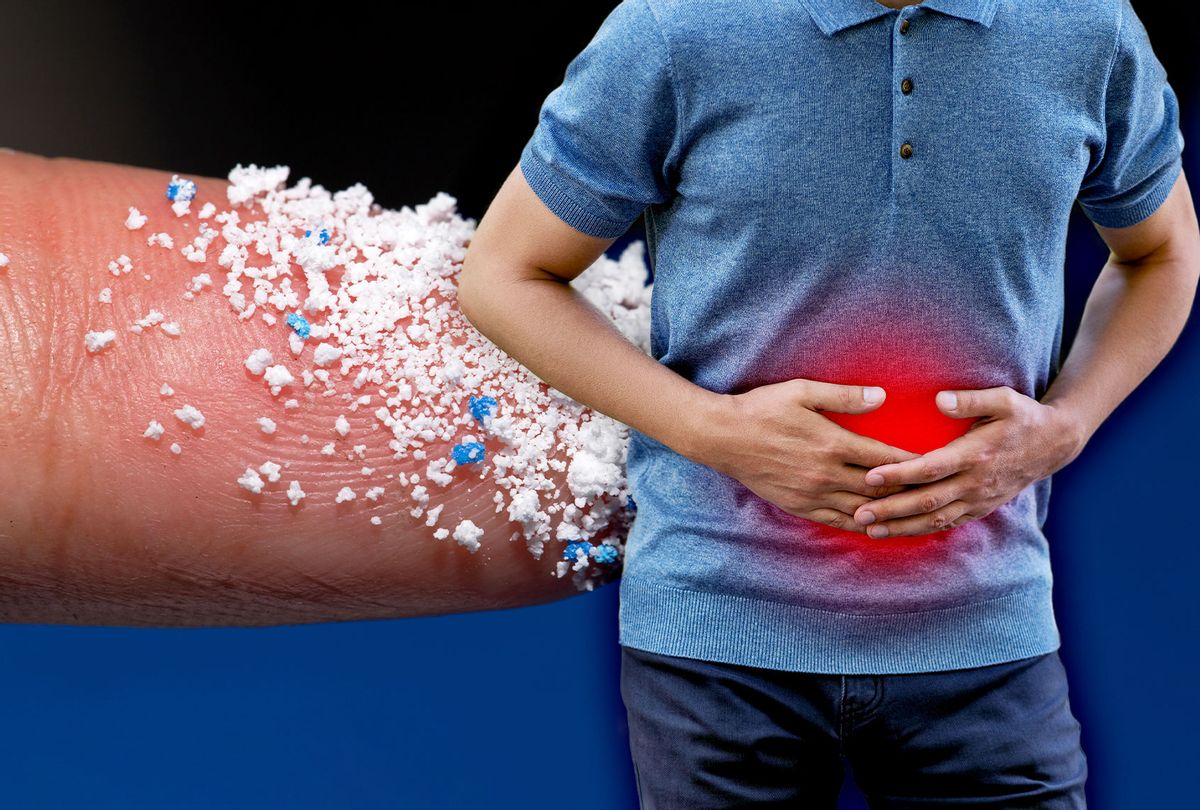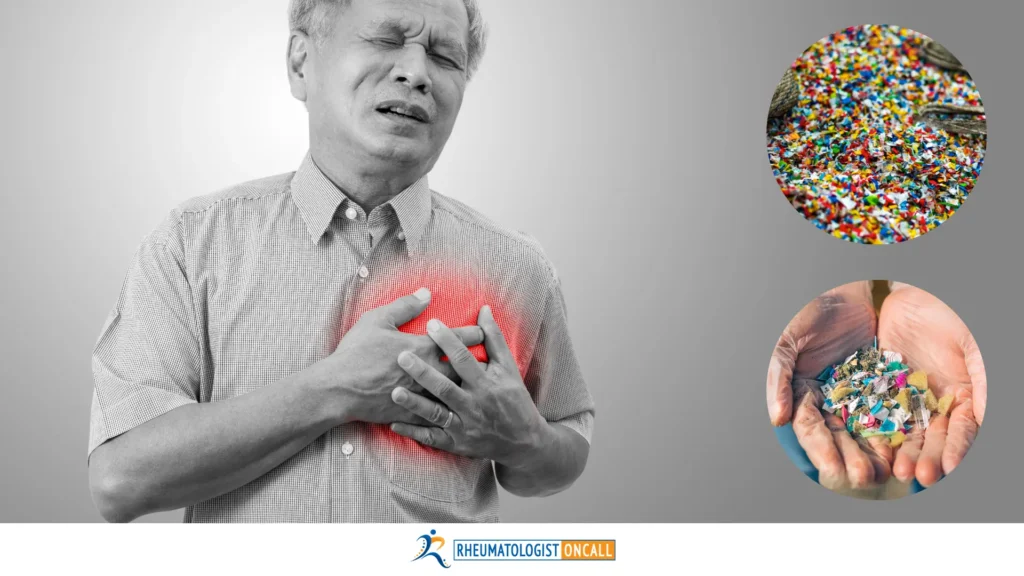Long-Term Effects of Childhood Microplastic Exposure in Adulthood: Consequences and Prevention
Long-Term Effects of Childhood Microplastic Exposure in Adulthood: Consequences and Prevention
Microplastics—tiny plastic particles measuring less than 5 millimeters—are everywhere, from our oceans to our homes, and even within our bodies. As research into the effects of microplastics continues, one area of growing concern is the potential long-term impact of childhood exposure on adult health. In this blog post, we will explore how early-life microplastic exposure may influence health outcomes in adulthood and offer practical prevention strategies to mitigate these risks.
Why Are Children More Vulnerable to Microplastic Exposure?
Children are more susceptible to the harmful effects of microplastics due to several factors:
- Developing Organs: Organs and systems, including the brain and endocrine system, are still maturing.
- High Absorption Rates: Children consume more food and water relative to their body weight compared to adults.
- Hand-to-Mouth Behavior: Increased likelihood of ingesting or inhaling microplastic particles.
- Immature Detoxification Systems: Kidneys and liver are not yet fully efficient in processing toxins.
How Childhood Microplastic Exposure Affects Adult Health
Long-term exposure to microplastics during childhood may have cumulative effects that persist into adulthood, impacting various bodily systems. Here are some key areas of concern:
1. Endocrine and Hormonal Imbalances
- Early Hormonal Disruption: Chemicals like BPA and phthalates can interfere with hormone regulation during crucial developmental stages.
- Reproductive Health Issues: Early exposure may increase the risk of infertility and hormonal disorders in adulthood.
- Thyroid Dysfunction: Hormonal imbalances during growth may affect metabolic regulation later in life.
2. Chronic Inflammation and Immune System Compromise
- Persistent Immune Activation: Chronic exposure can lead to long-term inflammation, making the body more prone to autoimmune diseases.
- Weakened Immune Function: Constant low-grade inflammation can reduce the body’s ability to fight infections.
- Increased Allergy and Asthma Risk: Childhood exposure can predispose individuals to respiratory issues in adulthood.
3. Metabolic and Cardiovascular Problems
- Obesity and Diabetes: Altered gut microbiome and endocrine disruption may increase the risk of metabolic syndrome.
- Cardiovascular Disease: Chronic inflammation and oxidative stress can damage blood vessels, leading to hypertension and atherosclerosis.
- Insulin Resistance: Hormonal disruption may impair glucose metabolism, increasing diabetes risk.
4. Neurological and Cognitive Decline
- Cognitive Impairment: Early neurotoxic effects may manifest as cognitive decline or reduced mental acuity in later life.
- Mood Disorders: Hormonal imbalances can contribute to anxiety, depression, and other mood-related conditions.
- Neurodegenerative Diseases: Prolonged oxidative stress and inflammation may increase the risk of conditions like Alzheimer's or Parkinson's disease.
Scientific Evidence and Emerging Research
While direct human studies are limited, animal models and observational studies provide important insights:
- Rodent Studies: Rats exposed to microplastics during development showed long-term hormonal imbalances and metabolic issues.
- Human Observational Studies: Adults with high levels of BPA exposure were found to have increased risks of diabetes and cardiovascular disease.
- Molecular Studies: Demonstrated that oxidative stress induced by microplastics can damage DNA and cellular structures.
Prevention Strategies to Reduce Long-Term Risks
While it is impossible to completely eliminate microplastic exposure, adopting the following strategies can significantly reduce risks:
1. Early-Life Prevention
- Choose Natural Materials: Opt for cotton, wool, and other non-synthetic fabrics for children’s clothing and bedding.
- Safe Feeding Practices: Use glass or stainless steel bottles and food containers.
- Filter Drinking Water: Install reverse osmosis systems to reduce microplastic content.
2. Healthy Lifestyle Practices
- Antioxidant-Rich Diet: Foods high in antioxidants can combat oxidative stress and inflammation.
- Physical Activity: Regular exercise helps maintain metabolic health and reduce inflammation.
- Stress Management: Reducing stress can lower chronic inflammation markers.
3. Environmental and Community Actions
- Advocate for Reduced Plastic Use: Support initiatives that minimize plastic production and consumption.
- Educate Families: Raise awareness about the risks of microplastic exposure and how to minimize it.
Final Thoughts
Childhood exposure to microplastics is a growing public health concern with the potential for long-term consequences that may persist into adulthood. By taking proactive steps to reduce exposure early in life and maintaining healthy lifestyle practices, we can mitigate these risks and promote long-term health and well-being. Continued research and public awareness are essential to addressing the pervasive issue of microplastic pollution.
Amazon best seller






Comments